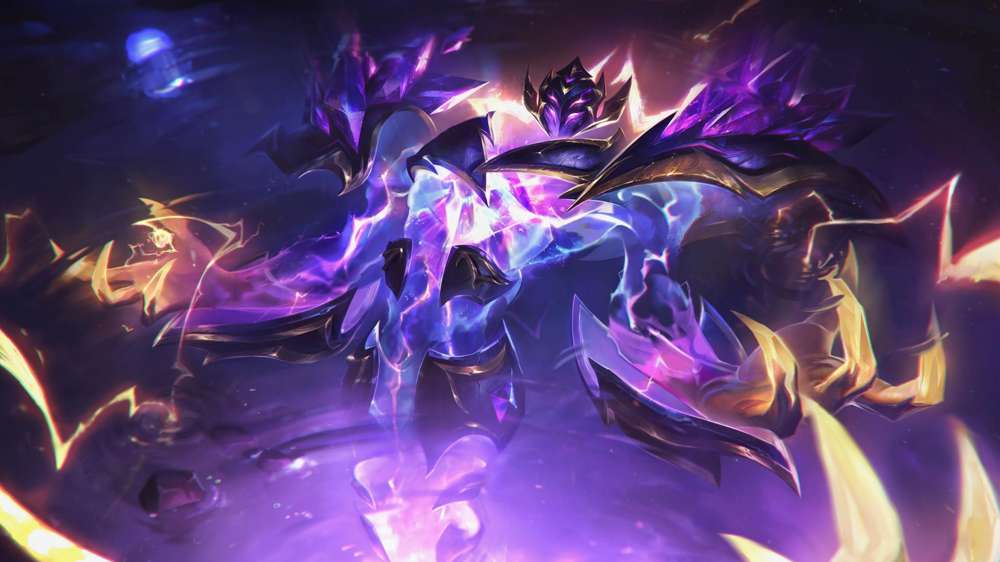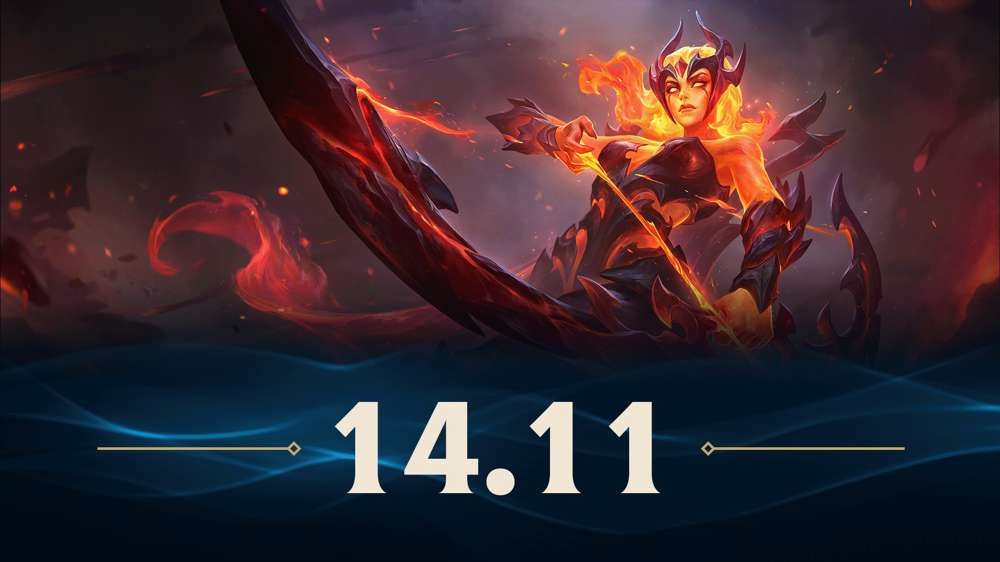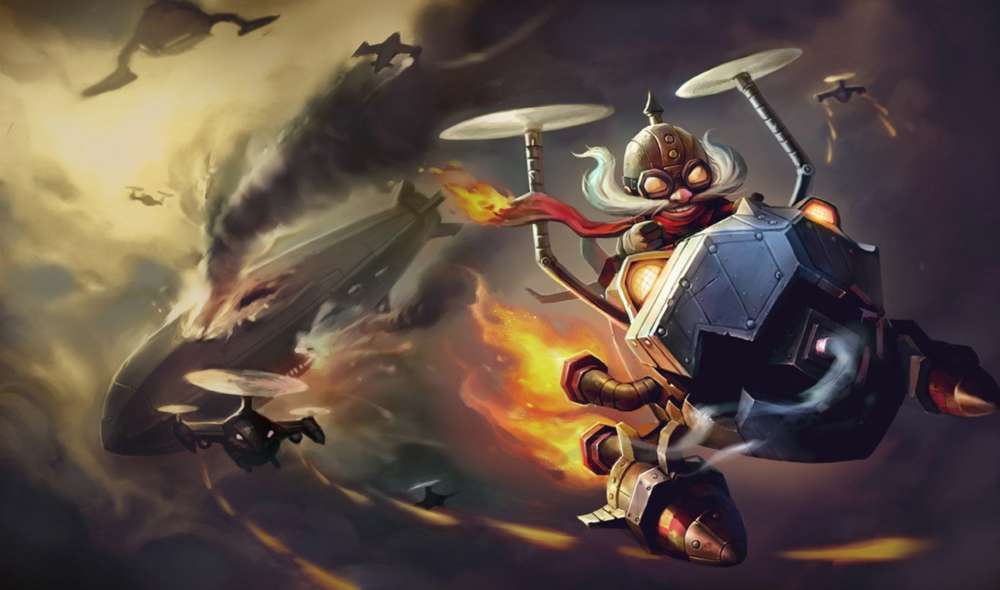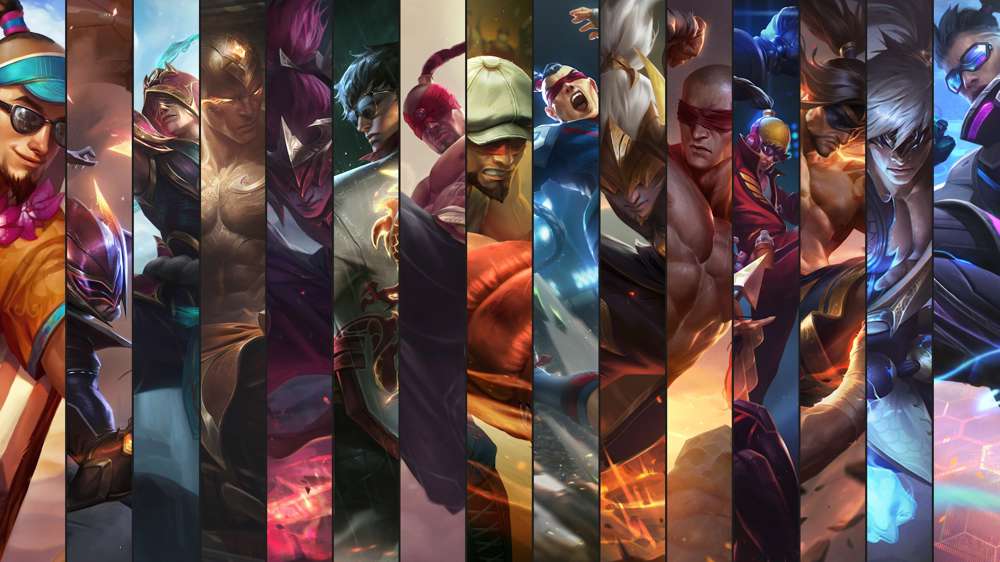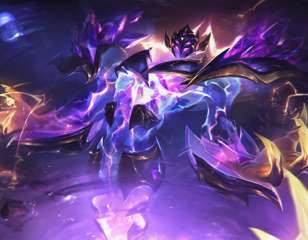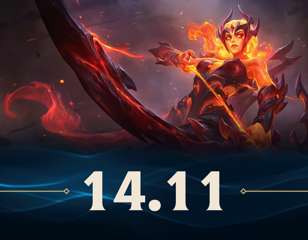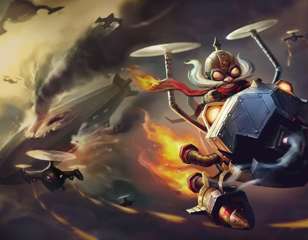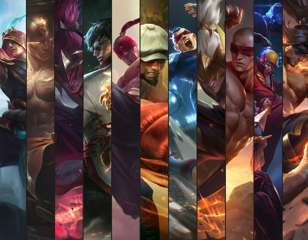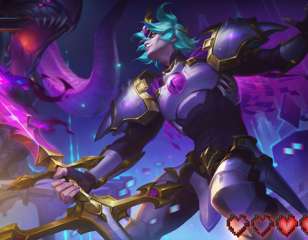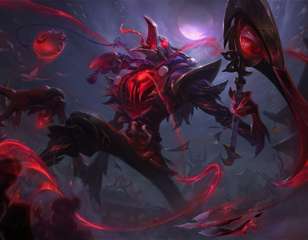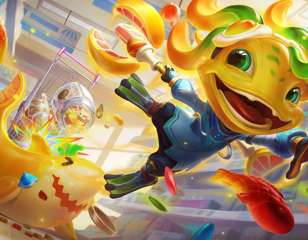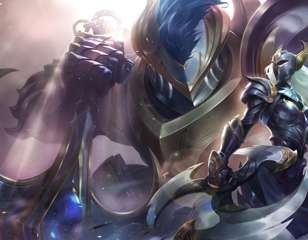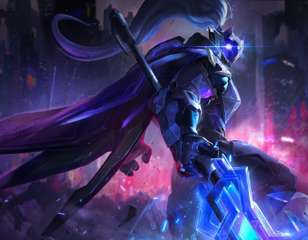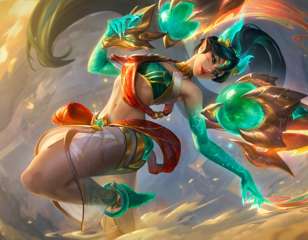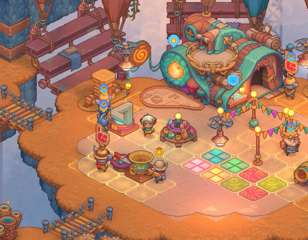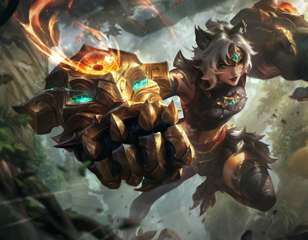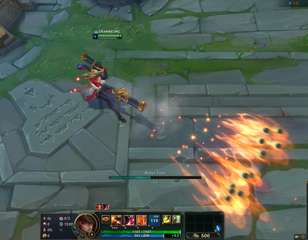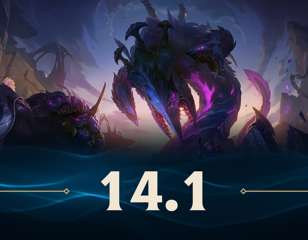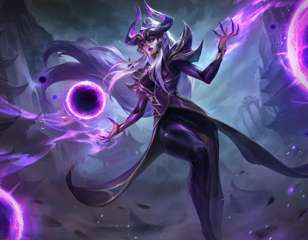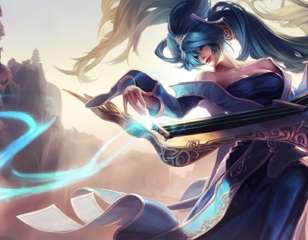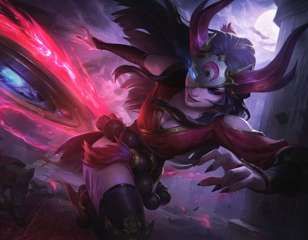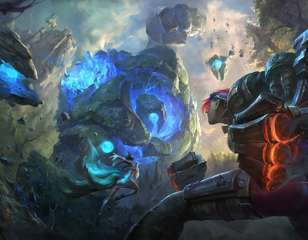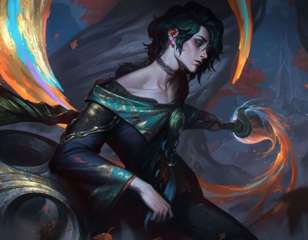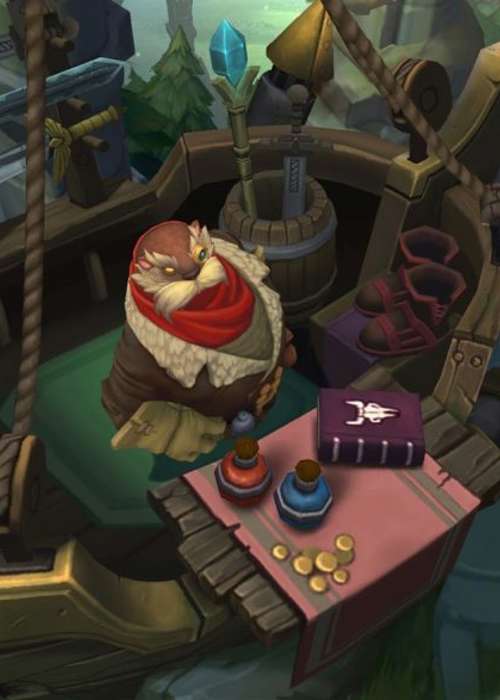
How to itemise in League of Legends
Proper League of Legends itemisation has been an underlying issue among all players, so here are some tips and tricks so that you don't lose the shopkeeper.
League of Legends has many complex concepts that players need to master, including CSing, laning, itemisation, and teamfighting, to name a few. Improving CSing, laning and teamfighting usually revolves around playing and practising, but proper itemisation is an underlying issue in all levels of play.
Itemisation is extremely important in the game as it gives you the edge over your opponents, and even a single item component, such as a Long Sword, can turn the tides in a teamfight. The number one mistake among players is the blind following of the recommended builds.
As a result, players make critical build mistakes that cost them a game without knowing it. At the same time, the others have no clue where to start. So, bearing in mind that getting a grasp on itemisation in League of Legends can be problematic for many, so here are the basic principles to get you started.
- Check out our rundown of ranks in League of Legends
Itemisation tips in League of Legends
Plan Ahead
The first advice players hear from educational content creators and high-elo players is to plan ahead, revealing that they plan their keystones, playstyle, and builds during the selection phase. Similarly, they may adapt their playstyle depending on their Champion, match-ups, and team comps.
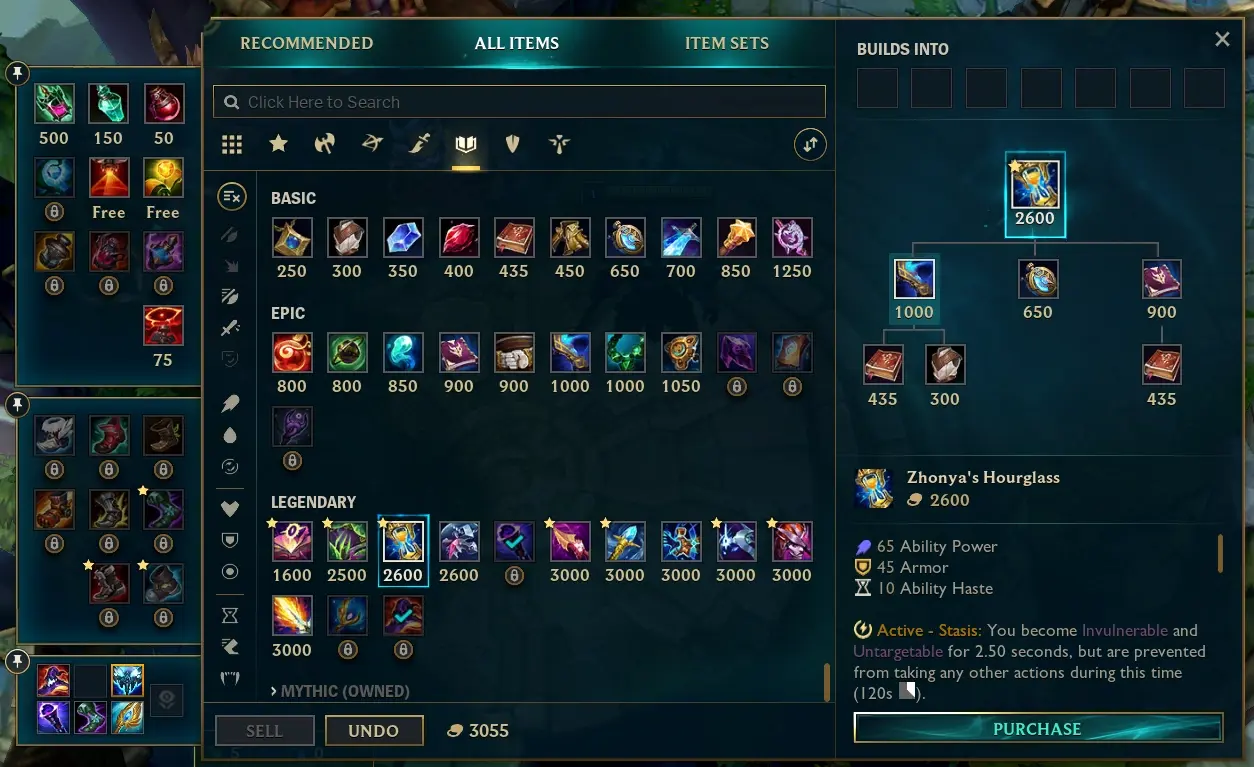
For example, imagine you are a Kai’sa player who has four AD teammates. Instead of building her usual AD build consisting of Kraken Slayer, Phantom Dancer, and Infinity Edge, you should opt for an AP build. But, as you lock in Kai’sa, you learn you will be laning against Caitlyn and Lux, your heavy counters.
So, instead of taking the usual rune Legend: Alacrity, you should pick Legend: Bloodline, which gives you additional lifesteal and helps you survive the lane. And since you will need to play defensively and farm, your best option is to start with Doran’s shield to stay healthy.
However, the planning doesn’t stop there. After players enter the Summoner’s Rift, they should skim the scoreboard as often as possible to check if the enemy team has any fed Champions. If the enemy team has a fed Champion, players should start building defensive items. And this is where the 10-minute rule comes in. The 10-minute rule states players should start building the items, which will be helpful 10 minutes from now.
- If you're new to the game, check out our League of Legends Beginner's guide here.
Understand Your Champion
The most common advice everyone has heard, at least once, is to narrow down your Champion pool to a few and practice them to perfection. Although it sounds annoying, it’s the best possible advice you will hear if you want to climb and improve. Taking the time to understand a character doesn’t only include learning their mechanics, but it goes beyond that.
It also includes understanding power spikes, match-ups, and itemisation. So, besides mastering a single Champion’s mechanical ins and outs, you become an expert for your Champion. For example, imagine you’re a Kayle player laning against Renekton top.

Bearing in mind that you are relatively weak early game, and that you heavily outscale Renekton in the later stages of the game, you choose to play defensively. So, you won’t rush buying your core item, Nashor’s Tooth. But instead, you’d buy Seekers Armguard, an item giving you extra armour, so you can survive Renekton’s early game damage. In the meantime, you notice their enemy Lissandra and Nidalee are getting fed.
So, after you finish Seeker’s Armguard and Nashor's Tooth, you’d buy a magic resist item. Your best options are Hexdrinker, Banshee’syou’d Veil, or Wits End. But, since your team includes AD Champions such as Viego, Zed, Ashe, and Pyke, you decide to go the AP route and buy Banshee’s Veil.
- Want to know how to play League of Legends: Wild Rift on PC?
Practice (and test) your builds
Many LoL players avoid trying new Champions and builds since they are afraid to fail, and even though players realise failing is a typical element of the learning process, they are still hesitant. But, there's no progress without failing. So, the best approach to learning one can take is experimentation.
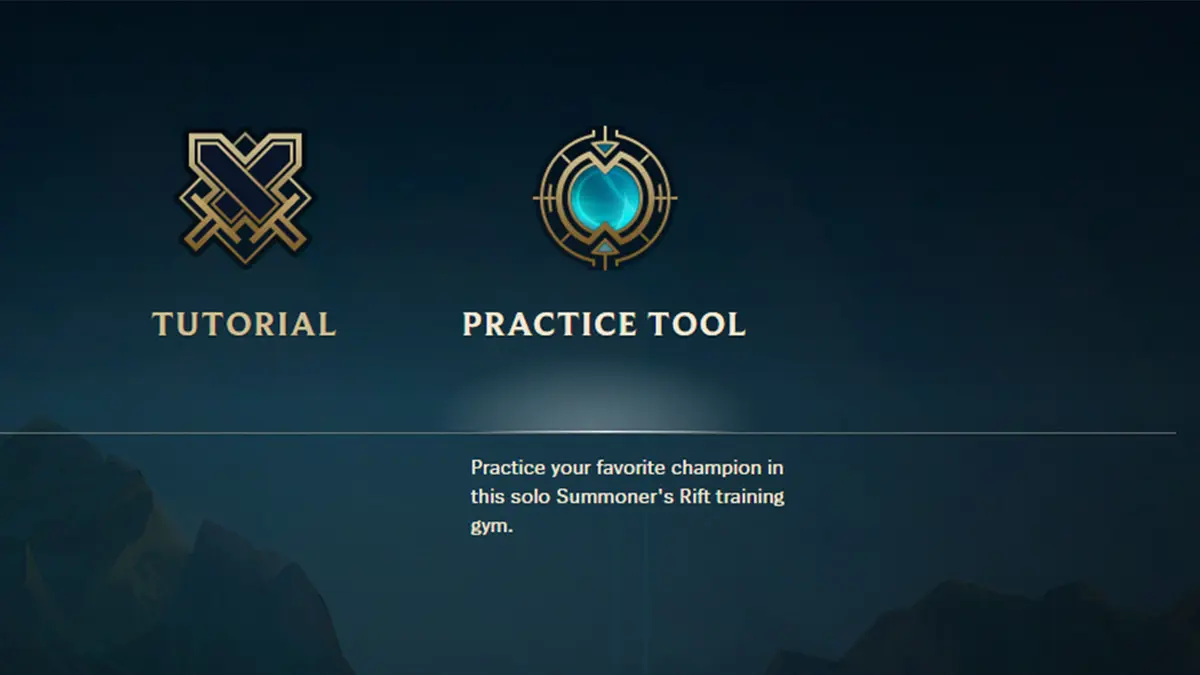
While experimenting, you're testing the limits of both yourself and the Champion and having fun. The best playgrounds for testing new builds and combos are normal games and ARAMs. Considering that normal and ARAM players are usually casual players who play for fun, your unique build won't be even noticed. But, if you want to try an unconventional and theory-crafted build, we recommend you head to the practice tool.
Analyse your OP.GG
Even though the build analysis sounds incredibly dull, it is one of the most consistent ways to improve. This is mainly due to a low-stress environment that allows a detailed evaluation of both your and enemies’ builds.
After each game, you should head to your OP.GG and open the previous match. Firstly, look at your build and ask yourself these questions:
- Am I following the recommended build?
- What were their biggest threats?
- Which item(s) would counter their Champions better?
After you’ve carefully answered these questions, look at enemy Champions and their builds and consider this:
- Did they buy any items to counter me?
- What were those items?
- How could I counter those counter items?
With the regular analysis of your OP.GG, you will develop an incredible habit of questioning and criticising your build. In time, this will become a subconscious habit that will take no effort.
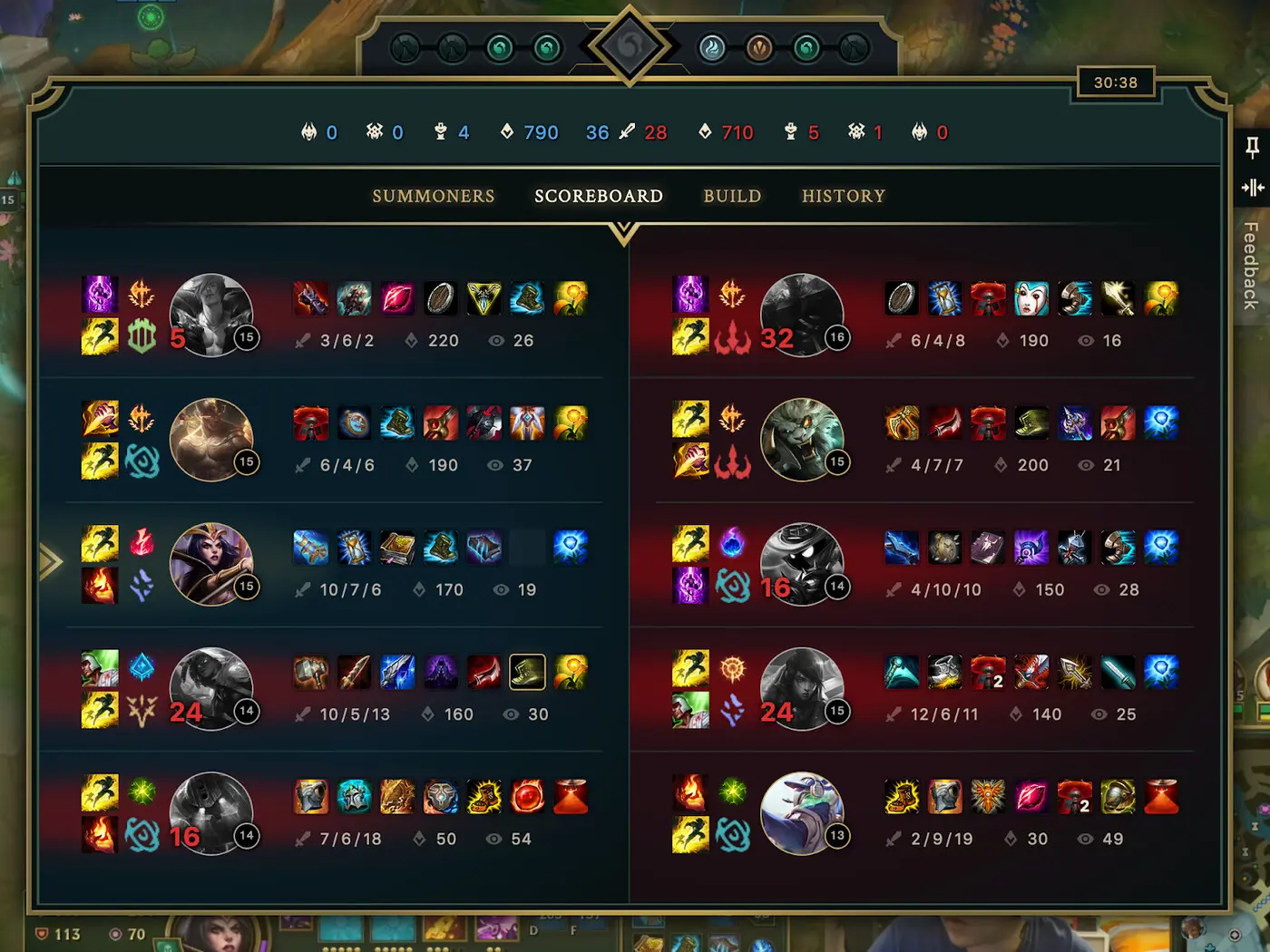
- Want to know who the best assassins in League of Legends: Wild Rift are?
Watch and read educational content
LoL players who want to improve can find plenty of free educational content. Educational LoL content falls into two major categories: universal guides and Champion-specific guides.
Large websites such as ProGuides and MOBAfire tend to publish universal guides such as guides to laning and CSing. Instead, educational streamers and OTPs focus on creating specialised guides such as Teemo top lane match-ups. While universal guides are an excellent introduction to basics, Champion-specific guides rather focus on in-depth explanations. So, combining them would be the best approach.
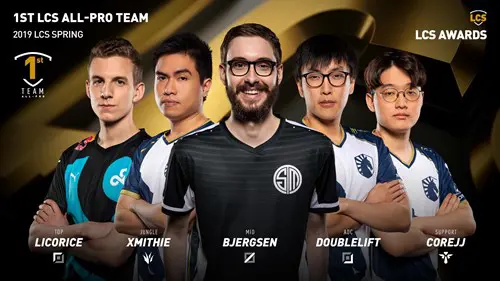
And lastly, don't forget there are more than enough OTPs, Pro players and educational Twitch streamers who would be more than happy to answer your questions and help you.

About The Author
Izabela Tomakic
Izabela Tomakic is a freelance writer at GGRecon. She's addicted to writing and gaming. So, if you don't encounter her wandering in World of Warcraft or inting in League of Legends, she's probably frantically writing her next article.

